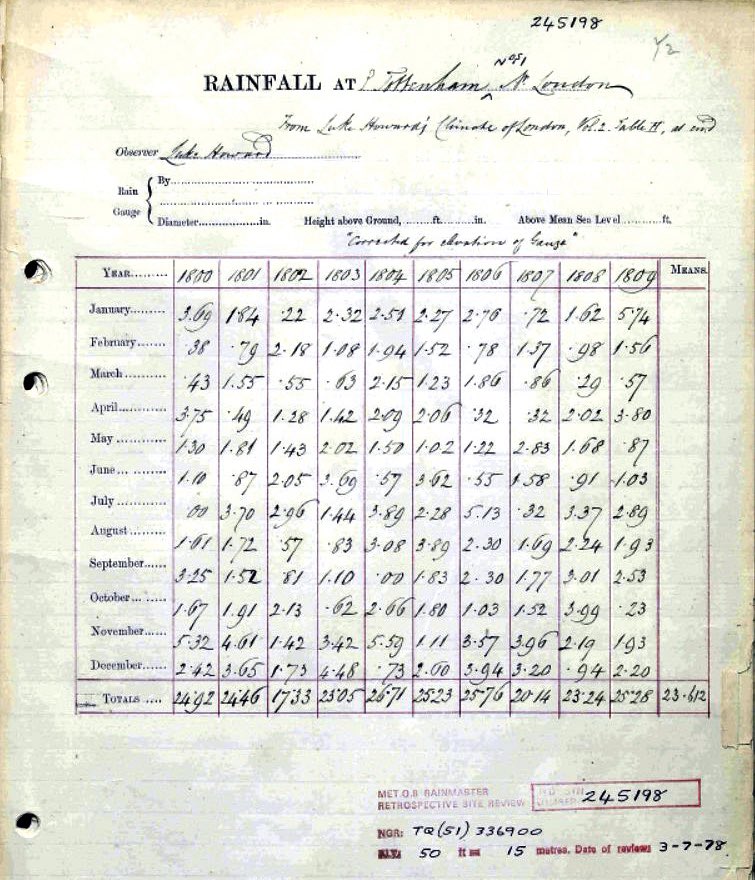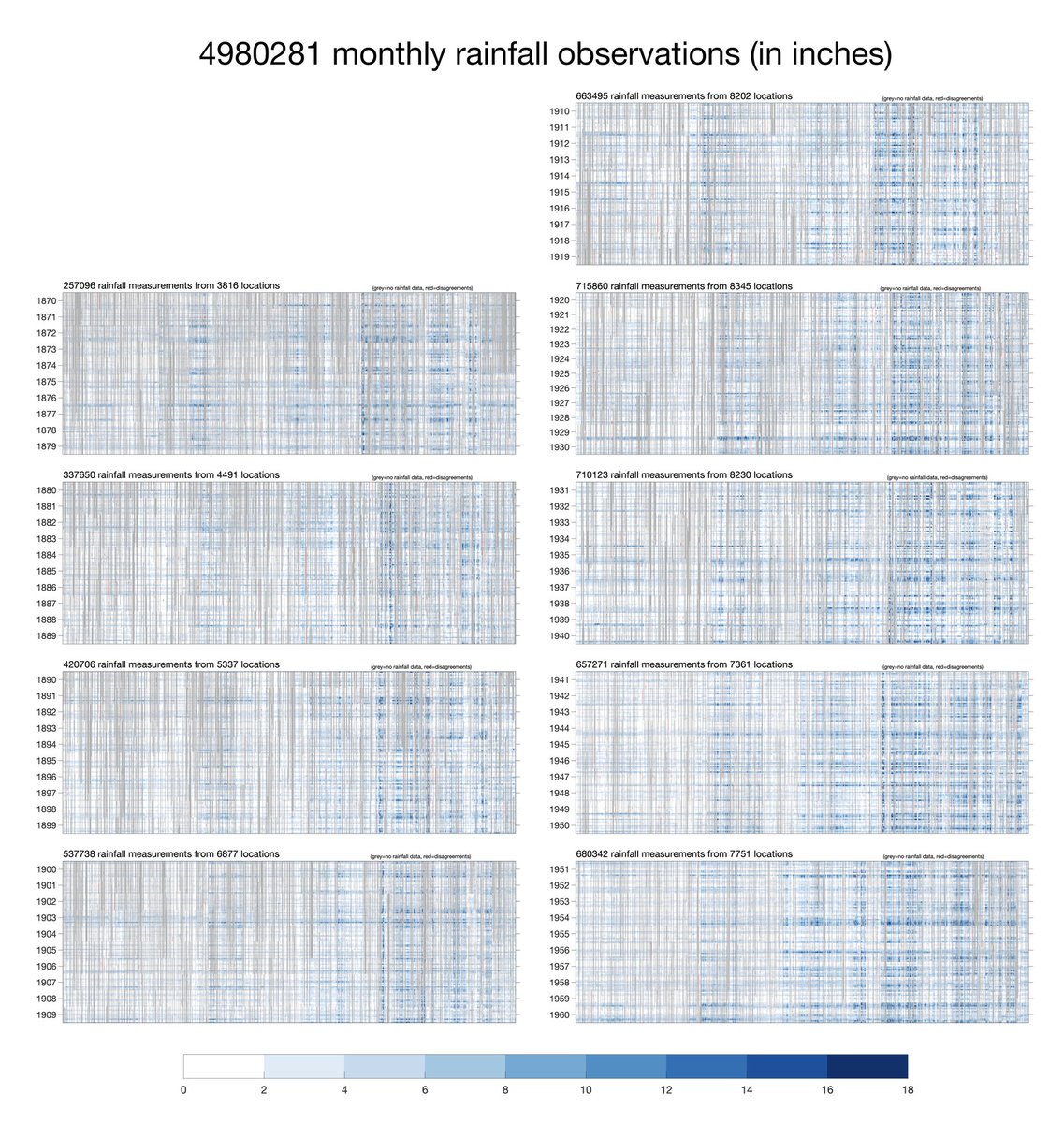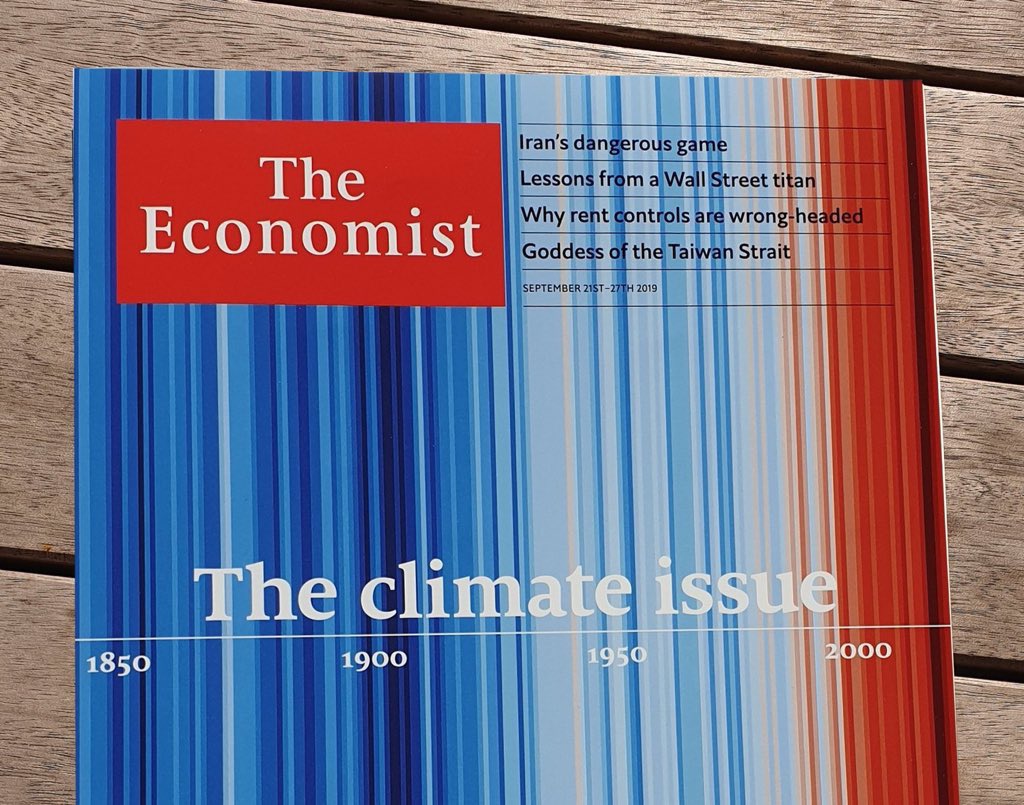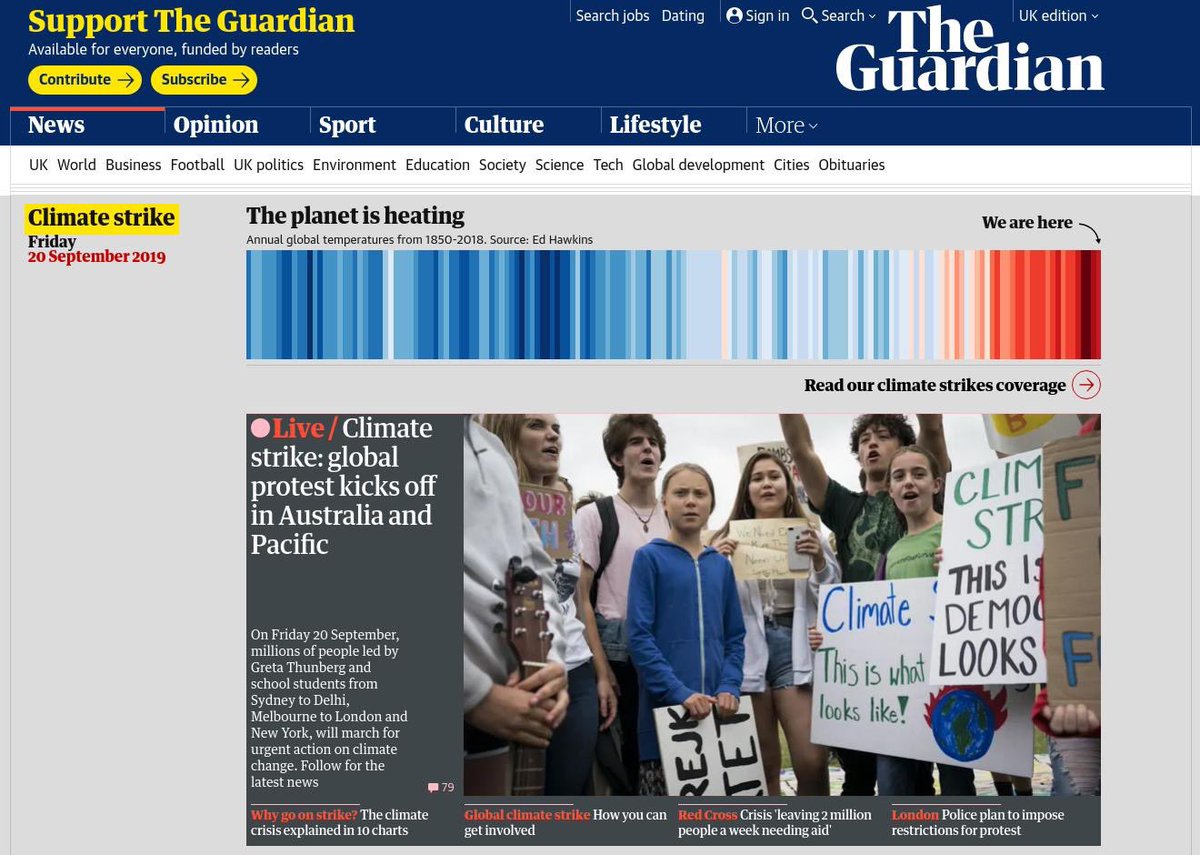
How have the #ShowYourStripes graphics been used to start conversations about climate change in the past? (1/n)
Worn by Senators during the 2020 State of the Union address in the US: bbc.co.uk/news/av/scienc…
Worn by Senators during the 2020 State of the Union address in the US: bbc.co.uk/news/av/scienc…
Displayed by @ENTERSHIKARI during Reading Festival to thousands of music fans. The lead singer @RouReynolds discusses what they mean and why they are important during the performance, stimulating new conversations. (2/n) 

Made into dress form by @huprice, and worn when visiting policymakers to discuss climate change. (3/n) 

Adapted by @NetZeroMN when deciding on a wrap for his @Tesla, and taking this design to car meets to discuss the importance of why the move to electric cars is happening. (4/n) 

@NetZeroMN @Tesla The #ShowYourStripes graphics have also appeared on the front cover of @TheEconomist, reaching a huge influential audience. (5/n) 

@NetZeroMN @Tesla @TheEconomist The #ShowYourStripes graphics have also been adapted for interactive light shows in Copenhagen and Berlin. 



• • •
Missing some Tweet in this thread? You can try to
force a refresh












